This is not a May Day list of the best left-wing art. Any such attempt that sought to confine itself to ordinary limits – fewer than 1,000 entries, say – would struggle to even skirt comprehensiveness. Nor does it claim to be the best work by artists who, either sporadically or consistently, stuck to the radical lathe. It is, rather, a scattershot celebration of the progressive impulse over a century or two. Pretty much everything of value has been left out. That is how such lists work.
Mary Barton
By Elizabeth Gaskell, 1848
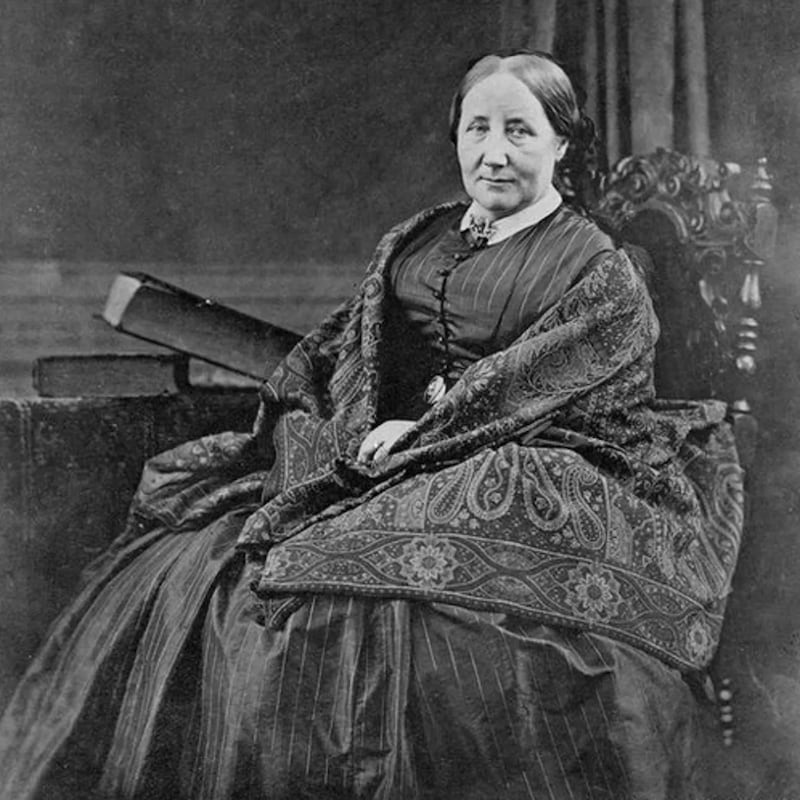
Novels Cranford and North and South are better known, but Mrs Gaskell’s angry tale of working-class life in Manchester – a locale that was inspiring Friedrich Engels as the novelist was at work – is the one that yells for inclusion on this list. Mill owners and Tory newspapers were furious about the book’s apparent hostility to the capitalist enterprise, but it became a popular success and was translated into many languages. The ripping novel, which touches upon the Chartists and the rise of trade unions, has, astonishingly, not been adapted for TV in 60 years.
Germinal
By Émile Zola, 1885
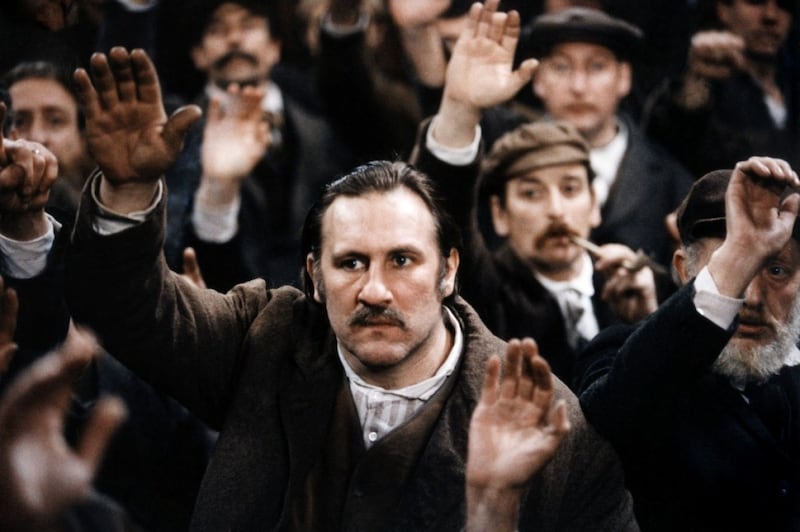
Like his predecessor Honoré de Balzac, Émile Zola set out to encompass the busy breadth of French society in a huge fictional sequence. There is melodrama and romance in there. And, in Germinal, we encounter the great work of proletarian naturalism. Germinal concerns a coal miners’ strike in northern France during the 1860s. No subject is better suited to the radical tendency. The depictions of the working day are necessarily gruelling and the arguments about inequality are persuasive. As Zola’s coffin made its way to Montmartre in 1902, the crowds reportedly yelled “Germinal!”
Battleship Potemkin
By Sergei Eisenstein (1925)
We are spoiled for choice with Soviet cinema. Oleksandr Dovzhenko’s Arsenal (1929) and Sergei Eisenstein’s own Strike (1925) are right there. But the unstoppable ambition of Battleship Potemkin is not to be resisted. Dramatising the mutiny that took place on the eponymous vessel at Odessa in 1905, the film forwards its revolutionary argument through the language of innovative montage. The Odessa Steps sequence remains the most influential segment, but rarely a minute passes without a similarly arresting assembly. The maggots on the sailors’ food sticks in the brain with particular stubbornness.
The Plough and the Stars
By Seán O’Casey, 1926
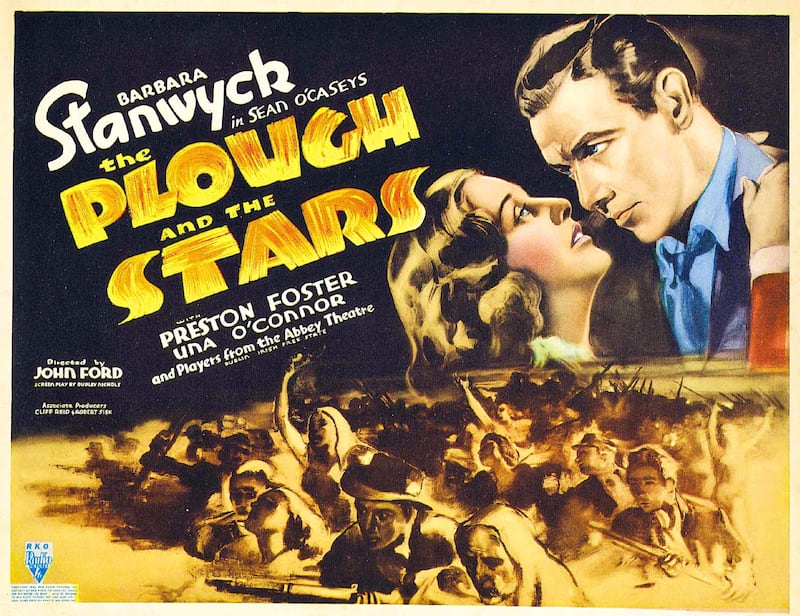
You can’t argue against a play named for the Irish Citizen Army’s flag that generated a proper art riot (of which there are not nearly enough in this list). The third episode in Seán O’Casey’s Dublin trilogy was famously a little too equivocal about the still-recent Easter Rising for many tastes. WB Yeats, quelling the riot at the Abbey Theatre, bellowed “You have disgraced yourselves again!” in the style of a harassed parent failing to control his children during a trip to the museum. The scabrous, humane play has, of course, endured to become an uncontroversial classic.
Guernica
By Pablo Picasso, 1937
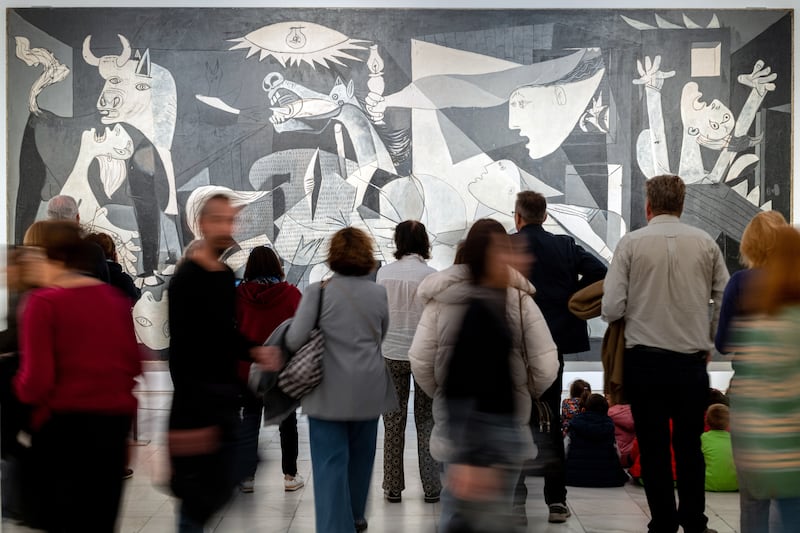
The colossal painting – almost eight metres across – portrays the carnage resulting from the bombing of the eponymous Basque town during the Spanish Civil War. “Guernica was the last great history-painting,” Robert Hughes ventured in The Shock of the New. He went further, saying it was “The last modern painting of major importance that took its subject from politics with the intention of changing the way large numbers of people thought and felt about power.” There are enough qualifications for Bansky to read those words without taking offence.
The Grapes of Wrath
By John Steinbeck, 1939
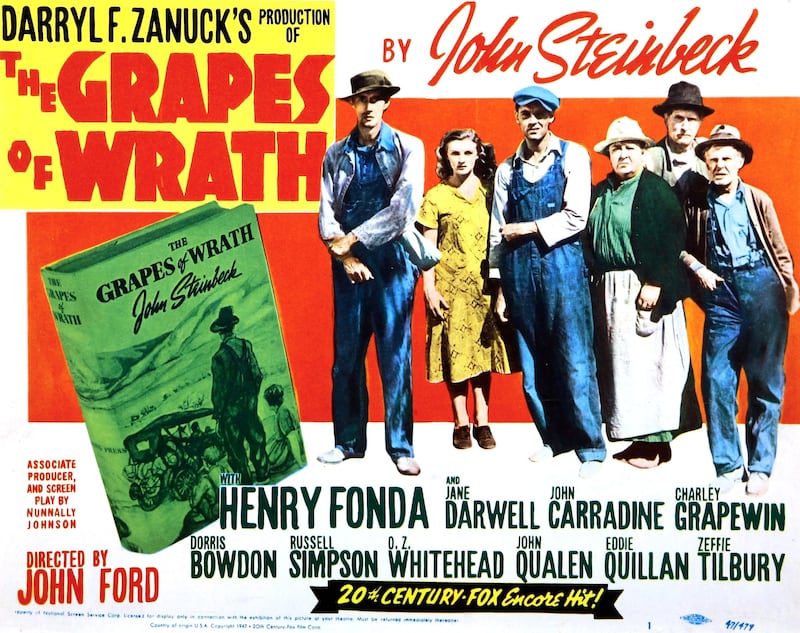
…and, of course, the 1940 film by John Ford. Steinbeck won a Pulitzer for this work – and, for his complete oeuvre, the 1960 Nobel Prize in Literature – but it feels as if he is now not quite the force he once was. This angry realist saga remains a thumping read. Set during the Depression, the book follows impoverished farming folk on their journey from Oklahoma to California. Henry Fonda made the best of a famous speech in Ford’s film. “Wherever there’s a cop beating up a guy, I’ll be there. I’ll be in the way guys yell when they’re mad,” he says, gimlet-eyed.
The Road to Wigan Pier
By George Orwell, 1937
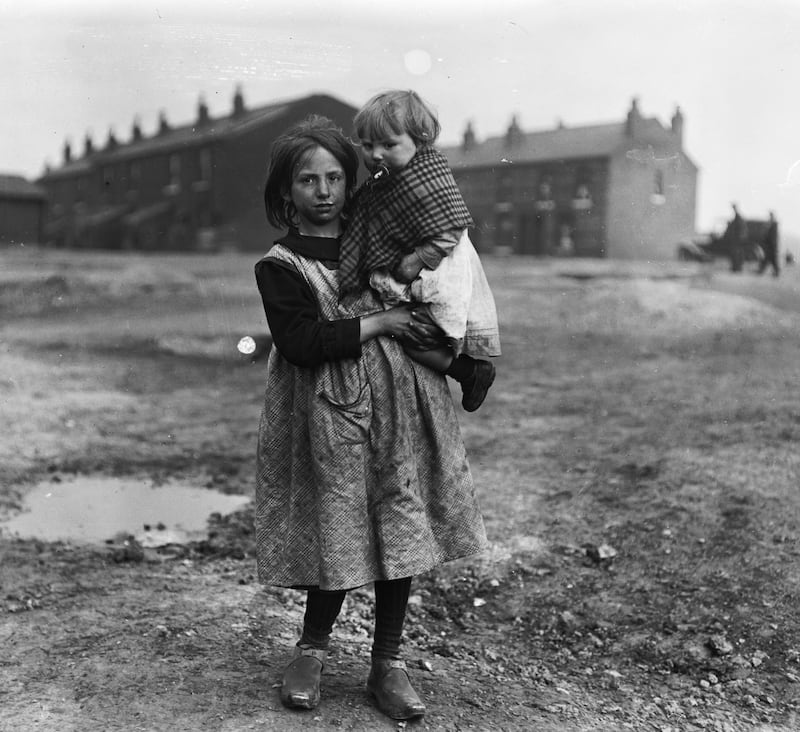
The former Eric Blair remains a controversial figure in left-wing circles. His identification of figures he deemed unsuitable for propaganda work at a wing of the British foreign office still rankles. The old Etonian’s record, for this book, of working-class conditions in Yorkshire and Lancashire drew contemporaneous ire for its supposed snobbery. But the work remains as astringently gripping now as it was in the lead-up to the second World War. Edith Sitwell felt he was “doing for the modern world what Engels did for the world of 1840-50″.
The Golden Notebook
By Doris Lessing, 1962
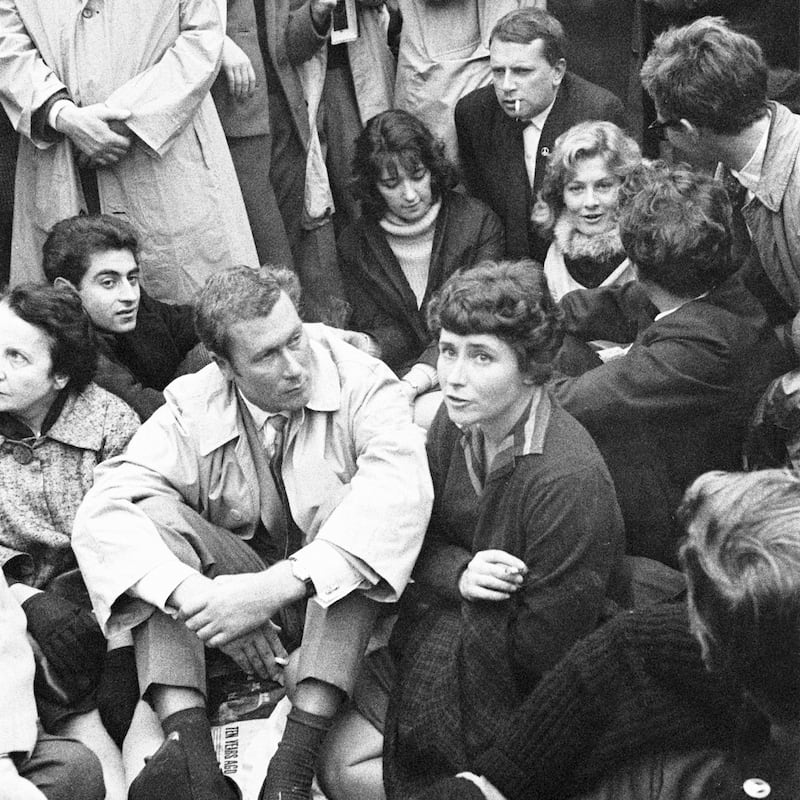
“You aren’t someone who writes little novels about the emotions,” someone tells Anna Wulf, the protagonist of Doris Lessing’s most-admired novel. “You write about what’s real.” The book within which Wulf lives certainly stretches out beyond little things to take in the greater world. Singularly structured and plainly autobiographical, The Golden Notebook takes in Southern Rhodesia during the second World War, experiences in the British communist movement and, most memorably, developments in women’s liberation. But, yes, it is also about the emotions.
Cathy Come Home
By Ken Loach, 1966

This ground-breaking television drama – which could hardly be more relevant today – stands in for all the work Loach has given us over the past six decades. Carol White and Ray Brooks play a couple struggling with a resistant bureaucracy after being rendered homeless with their three children. Loach acknowledged the influence of the Italian neorealists on his earthy, documentary-style film-making. Similarly powerful cinematic work such as Kes, Hidden Agenda and I, Daniel Blake followed. Now 86, he returns to the Cannes film festival next month, with The Old Oak.
What’s Going On
By Marvin Gaye, 1971
In 1985, the New Musical Express, stubbornly defying the vanilla-indie sensibilities of its readers, voted Marvin Gaye’s most political record the best album of all time. Bedded into many subsequent critics’ list, the choice now seems wholly uncontroversial. There was some cautiousness on Motown’s part about releasing a record so taken up with uncomfortable issues – war, ecology, inner-city strife – but What’s Going On ended up as Gaye’s biggest-selling LP to that date. “I wanted to write songs that would reach the souls of people,” Gaye said. “I wanted them to take a look at what was happening in the world.”
Playing With a Different Sex
By The Au Pairs, 1981
The post-punk period produced a staggering abundance of memorable political pop. The Specials, Gang of Four, Crass, The Clash and The Pop Group were angrily inspired to creative heights by Margaret Thatcher’s election as British prime minister, in 1979. Few of the resulting albums were as powerful – or as underrated – as the debut studio album from Birmingham’s Au Pairs. Lesley Woods brought particular pungency to her treatment of woman prisoners in Northern Ireland. “We don’t torture, we’re a civilised nation,” she sang with deep irony. A feminist touchstone.
It Takes a Nation of Millions to Hold Us Back
By Public Enemy, 1988
Chuck D and his crew set out to do for hip hop what Marvin Gaye did for soul with What’s Going On. The band had already travelled some way down that road with Yo! Bum Rush the Show, a year earlier, but the 1988 album was more aggressive, more inventive and harder to shake from the brain. In the era of the ghetto-blaster, Don’t Believe the Hype was unavoidable in New York City that summer, but it was the sampled shriek in Terminator X to the Edge of Panic that really cut through the humidity.
The Power of Nightmares
By Adam Curtis, 2004
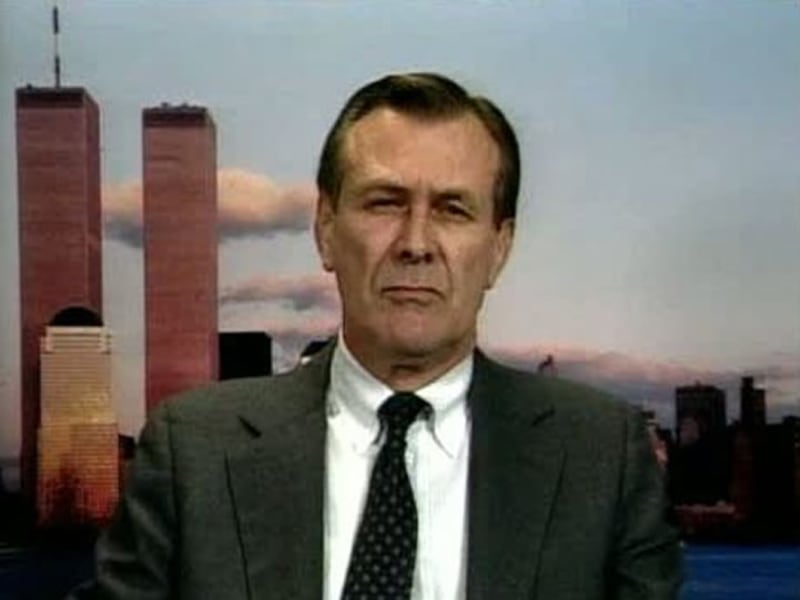
Where does Adam Curtis sit? “I’m emotionally sympathetic to radicalism,” the British original has said. “I’m a progressive; I mean, that’s really what my politics are.” It has not always been easy to tell in the series of extraordinary TV documentaries he has made over the past 30 years. The pick may be his 2004 intertwining of the neoconservatism narrative with the parallel surge in radical Islam. It counts as a backhanded compliment that his style is easy to spoof. Bold text. Unsettlingly sombre music. Archive footage of Butlin’s. “But this was nonsense.” It works.
The Arbor
By Clio Barnard, 2010
Clio Bernard’s debut film counts as a howl of rage against a system that has condemned parts of her native Yorkshire to social exclusion. She does so in singular fashion with her debut feature. The film puts the actual voices of inhabitants from Bradford’s Buttershaw Estate in the mouths of actors as it talks us through the too-short life of the playwright Andrea Dunbar. “I was trying to question that idea of film being able to tell the truth,” Barnard told me in 2013. “I can’t tell the truth about Andrea’s life in 90 minutes. How could I?”
Small Axe
By Steve McQueen, 2020
Every section of Small Axe, Steve McQueen’s five-film anthology for the BBC, is, to one extent or another, engaged with the politics of being West Indian in often hostile London from the 1960s to the 1980s. Red, White and Blue goes to racism in the police. Education examines how the community was misused in schools. Alex Wheatle treats a black British writer who was unjustly imprisoned after the Brixton riots of 1981. That enfolding dialogue adds context to less-charged sequences such as the elongated party in the sublime Lovers Rock.





















